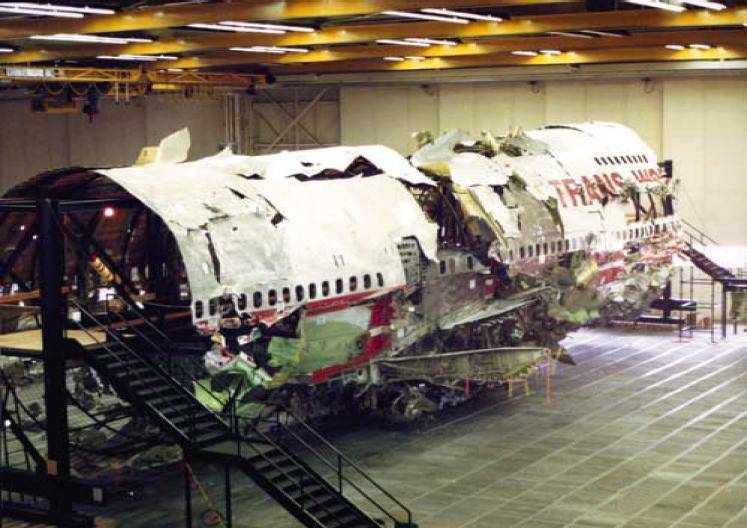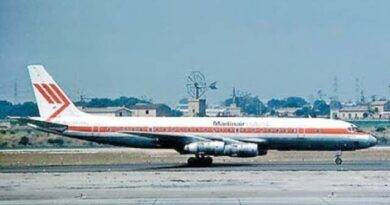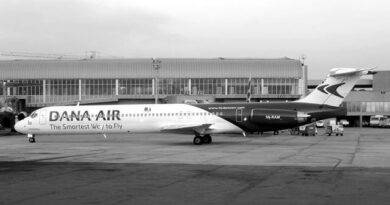TWA Flight 800 – 17 July 1996
On July 17, 1996, TWA Flight 800, the aircraft was a Boeing 747-100 aircraft. And the flight was from John F. Kennedy International Airport, on a scheduled international passenger flight to Rome, with a stopover in Paris. After takeoff, just 12 minutes into the flight, the plane exploded and crashed into the Atlantic Ocean, killing all 230 (218 passengers and 12 crew) on board.
The cause of the disaster was initially thought to be a terrorist attack, as the explosion was seen by many witnesses on the ground, and the mid-air disintegration of the aircraft was consistent with a bomb detonation. However, after an exhaustive investigation by the National Transportation Safety Board (NTSB) and other agencies, it was determined that the cause of the explosion was a fuel tank explosion due to a spark generated by faulty wiring.
Examination of Debris
The investigation was one of the most extensive in aviation history, involving the examination of every piece of debris from the crash site and the reconstruction of the plane’s fuel tank system. The NTSB also conducted multiple tests to recreate the explosion, and concluded that the most likely scenario was a spark caused by an electrical arc in the center fuel tank, which then ignited the fuel vapors.

image source: see references end of article
The TWA Flight 800 accident was a turning point for aviation safety, as it prompted the Federal Aviation Administration (FAA) to initiate a major overhaul of aircraft fuel tank safety regulations. The FAA issued an Airworthiness Directive requiring modifications to the wiring in the center fuel tank of all Boeing 747 aircraft, as well as other models, to reduce the risk of electrical arcs and explosions.
The tragedy also had a significant impact on the families of the victims, many of whom formed advocacy groups to demand more accountability and safety in the aviation industry. In response, Congress passed the Aviation Disaster Family Assistance Act of 1996, which required airlines to develop plans for assisting families of victims of airline disasters.
Today, TWA Flight 800 is remembered as one of the worst aviation disasters in American history, but also as a turning point for aviation safety. The lessons learned from the accident have contributed to making air travel one of the safest modes of transportation in the world.
Source:
https://en.wikipedia.org/wiki/TWA_Flight_800
https://www.history.com/news/twa-flight-800-crash-investigation
https://www.britannica.com/topic/TWA-flight-800
Featured image source:
https://tailstrike.com/database/17-july-1996-twa-800/
Image Source:
By User Skybunny on en.wikipedia – Originally from en.wikipedia; description page is (was) here, Public Domain, https://commons.wikimedia.org/w/index.php?curid=715655


